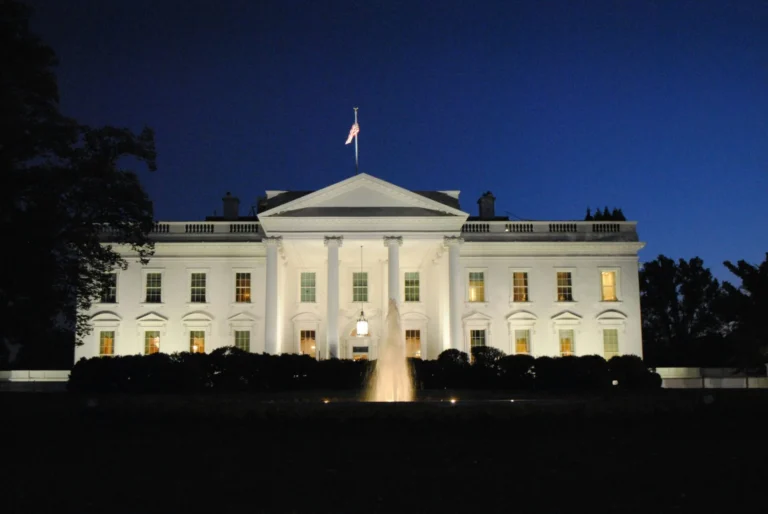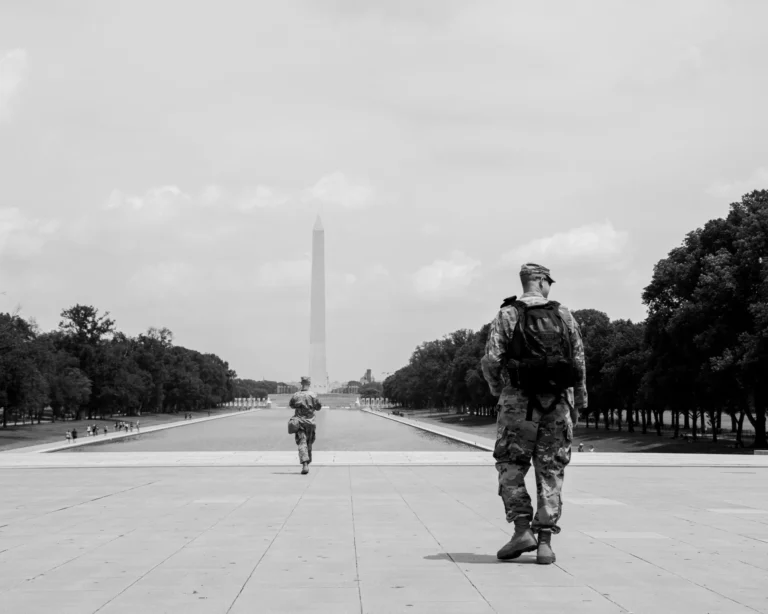Far too often in the Middle East, ‘U.S. foreign aid bolsters autocratic regimes with similar strategicinterests to the United States.’ Just Who Does U.S. Aid Help In Middle East?By Cliff Montgomery – Aug. 13th, 2007A July 3rd, 2007, Congressional Research Service report on U.S. aid to the Middle East asks two overriding questions: Who exactly gets American aid–and just who there shares our immediate aims?We quote from this important report below:“As a region, the Middle East is the largest annual recipient of U.S. economic and military aid. With Iraq in need of long-term reconstruction assistance, Iraq has become a regular recipient of U.S. foreign aid.”For policymakers, foreign assistance plays a key role in advancing U.S. foreign policy goals in the Middle East. The United States has a number of interests in the region, ranging from support for the state of Israel and Israel’s peaceful relations with its Arab neighbors, to the protection of vital petroleum supplies and the fight against international terrorism.”U.S. assistance helps to maintain the 1979 Camp David peace accords between Israel and Egypt and the continued stability of the Kingdom of Jordan, which signed its own peace treaty with Israel in 1994.”U.S. funding also works to improve Palestinian civil society, and aid officials have worked to ensure that U.S. aid to the West Bank and Gaza Strip is not diverted to terrorist groups.”Since the attacks of September 11, 2001, the United States has established new region-wide aid programs to promote democracy and encourage socio-economic reform in order to undercut the forces of radicalism in some Arab countries.”U.S. aid policy has gradually evolved from a focus on preventing Soviet influence from gaining a foothold in the region and from maintaining a neutral stance in the Arab-Israeli conflict, to strengthening Israel’s military and economy and using foreign aid as an incentive to foster peace agreements between countries in the region.”When adjusted for inflation, annual U.S. assistance to the Middle East in the decades following World War II was only a small fraction of current aid flows.”However, beginning in the early 1970s, the United States dramatically increased its foreign assistance to the Middle East. After the U.S. withdrawal from South Vietnam, the Middle East as a whole began to receive more U.S. foreign aid than any other region of the world, a trend that has continued to today.”[U.S.] Policymakers have often employed foreign aid to achieve…stability in a region with abundant energy reserves but volatile interstate relationships.”Foreign aid has worked to cement close military cooperation between the United States and governments in the region, discouraging local states from engaging in uncontrollable arms races.”Economic aid also has had an underlying strategic rationale, as U.S. funds have been employed to promote development in an attempt to undercut radicalism in partner countries.”The degree to which foreign assistance has contributed to the achievement of U.S. objectives in the Middle East is difficult to measure, but the consensus among most analysts seems to be that U.S. economic and security aid has contributed significantly to Israel’s security, Egypt’s stability, and Jordan’s friendship with the United States.”The promise of U.S. assistance to Israel and Egypt during peace negotiations in the late 1970s enabled both countries to take the risks needed for peace, and may have helped convince both countries that the United States was committed to supporting their peace efforts.”Excluding Iraq, Israel and Egypt are the largest two recipients of U.S. aid respectively.”There is debate over using foreign aid more aggressively to pursue various objectives in the Middle East.”Some critics of U.S. policy would like to see additional conditions placed on U.S. aid to Egypt, for example, to achieve greater respect for democracy and human rights in that country.”Others favor using the aid program more assertively as leverage to restart the Middle East peace process.”Some might urge that aid should be conditioned on demonstrable progress in extending full political and economic rights to women.”Others, however, assert that the overt use of aid — or the threat of aid reductions — to promote democracy and reform in the Middle East region could lead to a backlash against the United States.”Critics of U.S. aid policy, particularly some in the Middle East, have argued that U.S. foreign aid exacerbates tensions in the region. Many Arab commentators insist that U.S. assistance to Israel indirectly causes suffering to Palestinians by supporting Israeli arms purchases.”Another common argument asserts that U.S. foreign aid bolsters autocratic regimes with similar strategic interests to the United States.”Some observers have called U.S. aid policy “contradictory,” accusing the United States of bolstering its ties with autocratic regimes through military assistance, while advocating liberalization in the region with less funds dedicated to reform and development aid.”As noted above, however, other analysts believe aid has helped protect Israel’s security and stabilize the region.”Like what you’re reading so far? Then why not order a full year (52 issues) of thee-newsletter for only $15? A major article covering an story not being told in the Corporate Press will be delivered to your email every Monday morning for a full year, for less than 30 cents an issue. Order Now!

Military Planes Unsafe Thanks To Poor Oversight
GAO has found continued “concerns with the [Pentagon’s] ability to collect and share the information needed to identify and mitigate aviation safety risks,”




